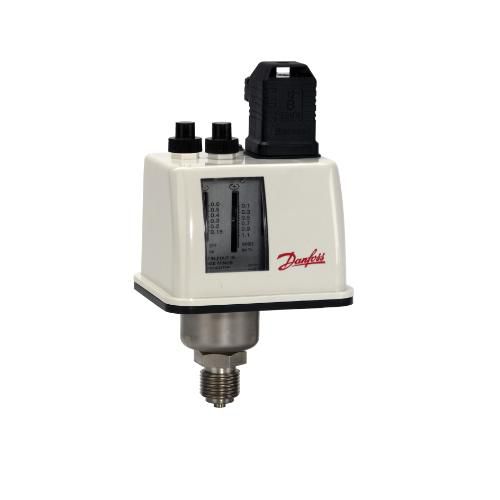The BCP type is a series of dedicated pressure switches for safety and pressure monitoring of steam and hot water boilers.
The BCP incorporates a single-pole changeover microswitch where the contact position depends on the pressure in the connection port and the range set value.
For installations, in which operation is particularly critical for safety reason, the use of fail-safe control is recommended.
Features -
Available as high and low pressure limiters as well as pressure controllers
Wide pressure range: from low pressure BCP1 with narrow differential to high pressure BCP7
The fail-safe dual bellows enable prématuré cut-out when fault occurs
DIN plug mounted on the top of control for easy electrical wiring
Single-pole changeover switch (SPDT), switch + alarm
Direct mounting on pressure connection or wall mounting by means of a bracket
Versions with automatic and manual resets available
Screw adjustments made on top of housing
Manual reset for pressure limiters possible only by means of tools
Safety Integrity Level: SIL 2 according to IEC 61508:2010
Product details
Gross weight - 0.624 Kilogram
Net weight - 0.582 Kilogram
CE evaluated - Yes
China RoHS compliance - Out of scope
Contact function - SPDT gold
Contact load type - A
Contact rating - AC15=1 A, 250 V
AC1=6 A, 250 V
DC13=10 W, 250 V
Contain batteries - No
EEE category - 5 small equipment (any external dimension 50 cm)
Electrical connection size - Pg 11
Electrical connection standard - EN 175301-803
Electrical spec. standard - EN 60947-4/-5
EU RoHS compliance - Yes
EU RoHS exemption clause - No
Fluid Group - 1
Volume - 1.736 Liter
Packing format - Multi pack
PED category - IV


